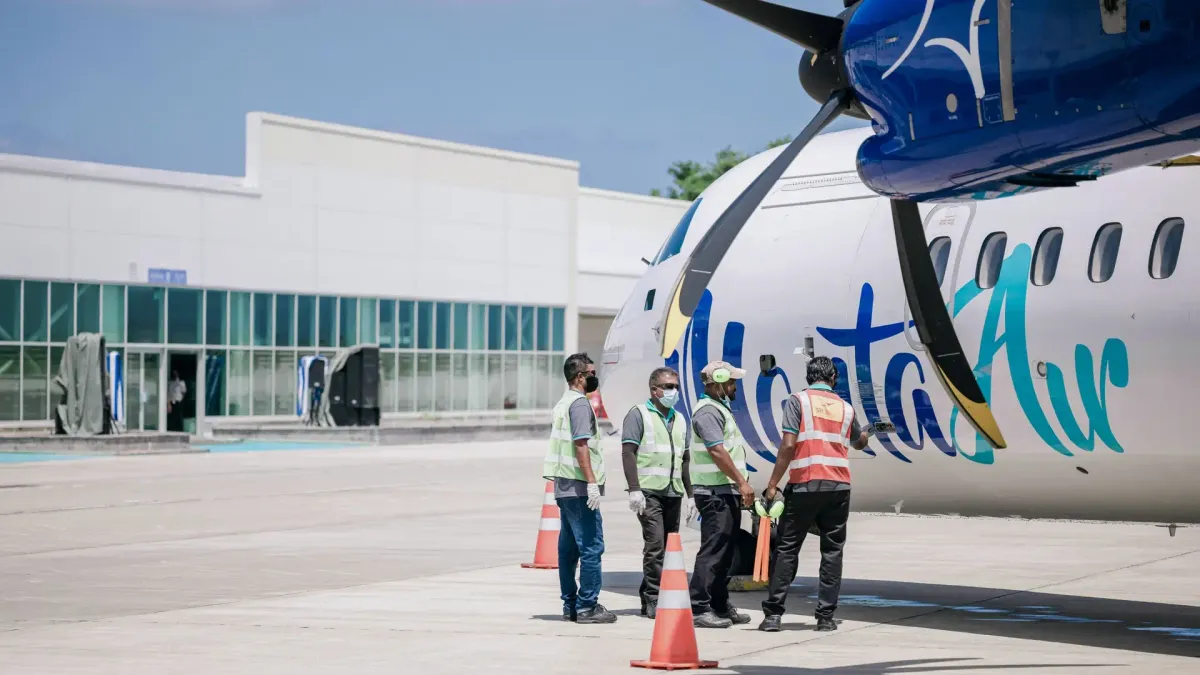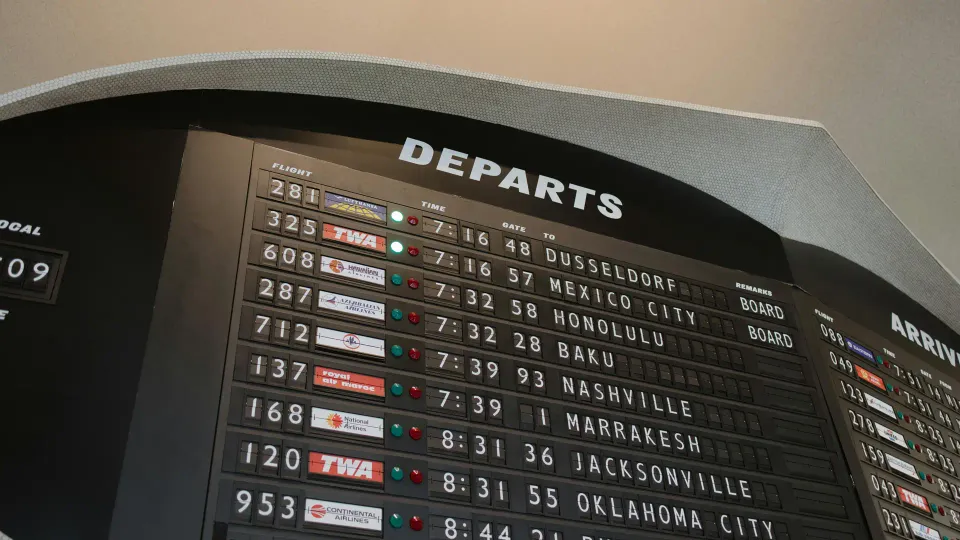What the Data Showed When Staffing Levels Were Matched to Actual Aircraft Movement Patterns

In aviation ground operations, timing isn’t just important—it’s everything. Every minute on the apron triggers a chain reaction. From unloading cargo to refueling, guiding aircraft, and coordinating with passenger services, each action affects the next. Yet, many ground handling teams still schedule staff based on rough estimates or outdated routines rather than actual aircraft movement patterns.
Less Downtime, More Impact
When staff schedules align with real aircraft movements, downtime drops significantly. Too many people during quiet periods or too few during busy periods are avoided. Data-driven scheduling ensures staff are busy exactly when needed, handling tasks efficiently without unnecessary waiting.

Smarter Use of Resources
Ground operations are expensive, and staff costs are a major part of that expense. Overstaffing wastes hours, while understaffing can cause delays and safety risks. Matching staffing to actual aircraft movements reduces overstaffing without compromising service quality. Teams are present during high workloads and scaled back during quieter periods, creating a leaner, smarter operation.
Faster Turnarounds
Flights move through ground processes more smoothly. When staffing matches activity peaks, turnaround times improve. Aircraft are loaded, unloaded, and prepared for departure more efficiently, reducing delays and improving on-time performance. This directly benefits airline schedules and passenger experience.

Data Speaks
The most striking insight comes from how clearly data highlights inefficiencies that are invisible when scheduling by habit. Patterns emerge: some periods are busier than expected, while others are slower. Relying on intuition alone often misses these trends. Data-driven staffing shows exactly when, where, and how many people are truly needed.
Key Takeaway
Aligning workforce schedules with real operational patterns isn’t just a nice-to-have—it’s essential. Teams that adopt this approach save time, reduce stress, and improve efficiency. Ground staff can focus on critical tasks, managers make informed decisions, and airlines benefit from smoother operations.
In aviation, every second counts. Matching staffing to actual aircraft movement patterns ensures the right people are in the right place at the right time. It’s a simple change with measurable results—a step toward smarter, more efficient ground operations.




